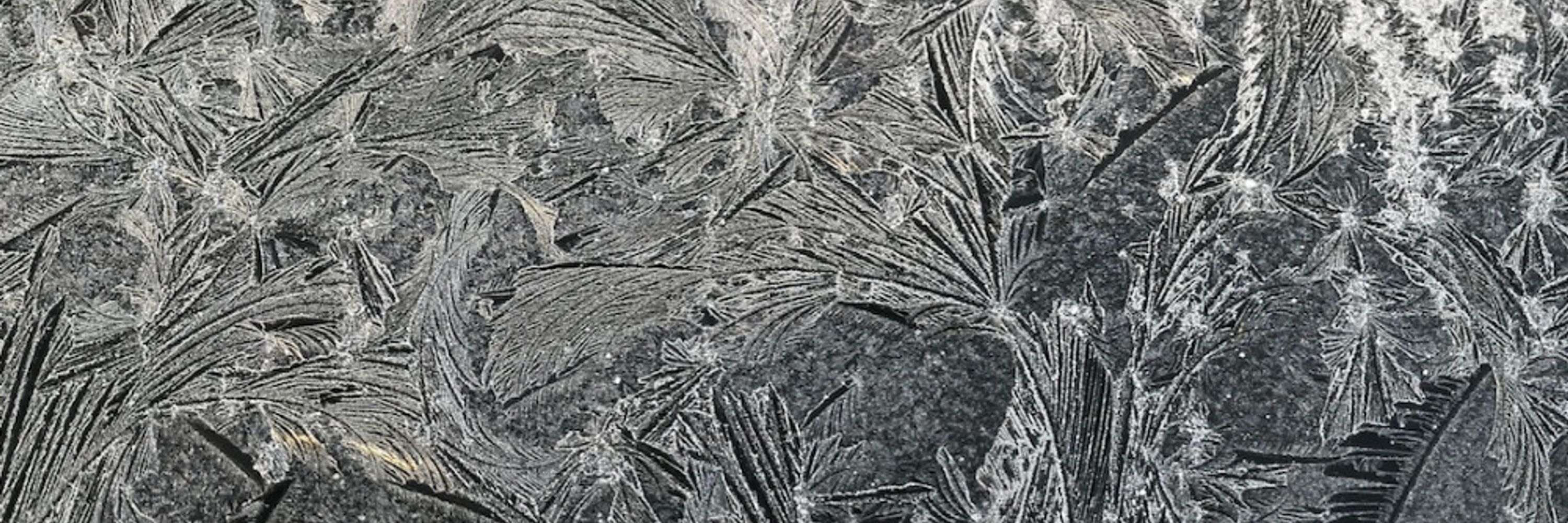Matthew Kenworthy
@mattkenworthy.bsky.social
4.2K followers
250 following
400 posts
Professor of astronomy working at Leiden Observatory in the Netherlands on the direct imaging of extrasolar planets and transits of giant ring systems || Opinions my own || Will tell Dad jokes for cash. https://kenworthy.space/
Posts
Media
Videos
Starter Packs
Reposted by Matthew Kenworthy
Reposted by Matthew Kenworthy
Reposted by Matthew Kenworthy
Reposted by Matthew Kenworthy
Reposted by Matthew Kenworthy
Reposted by Matthew Kenworthy
Reposted by Matthew Kenworthy
















